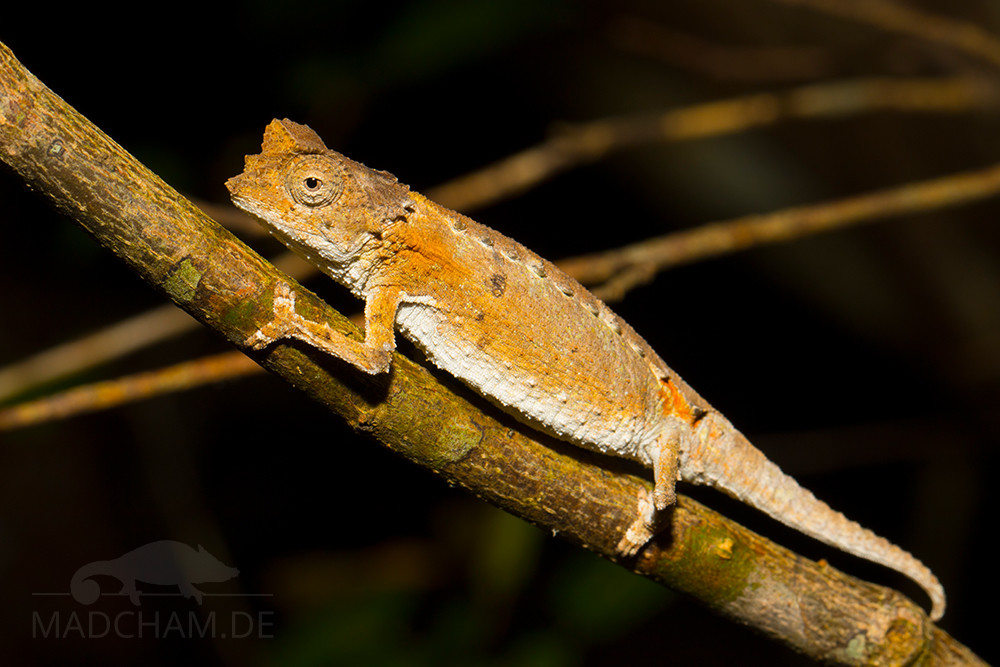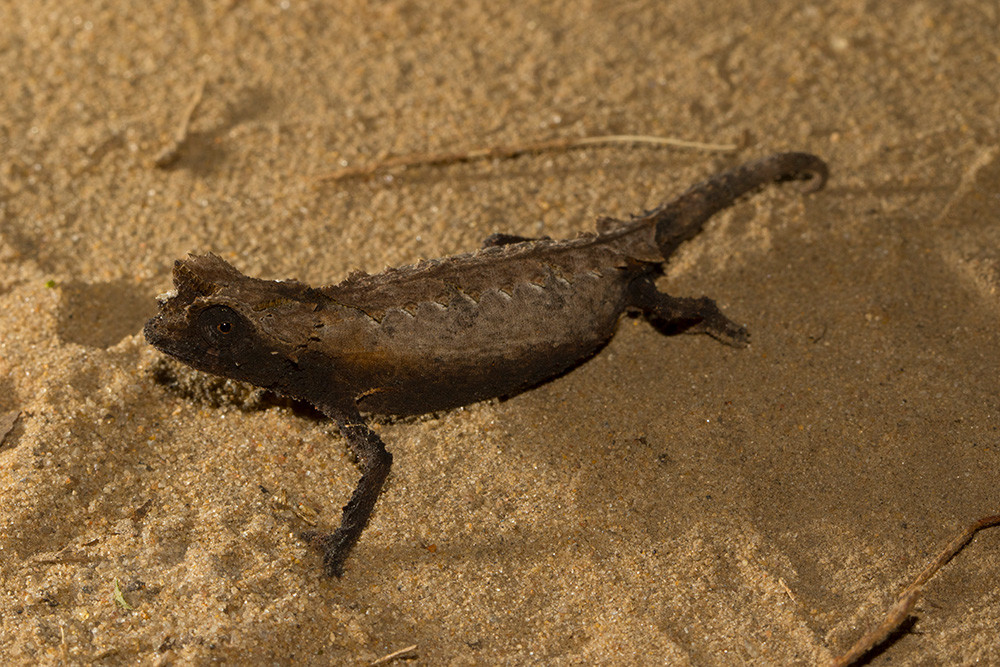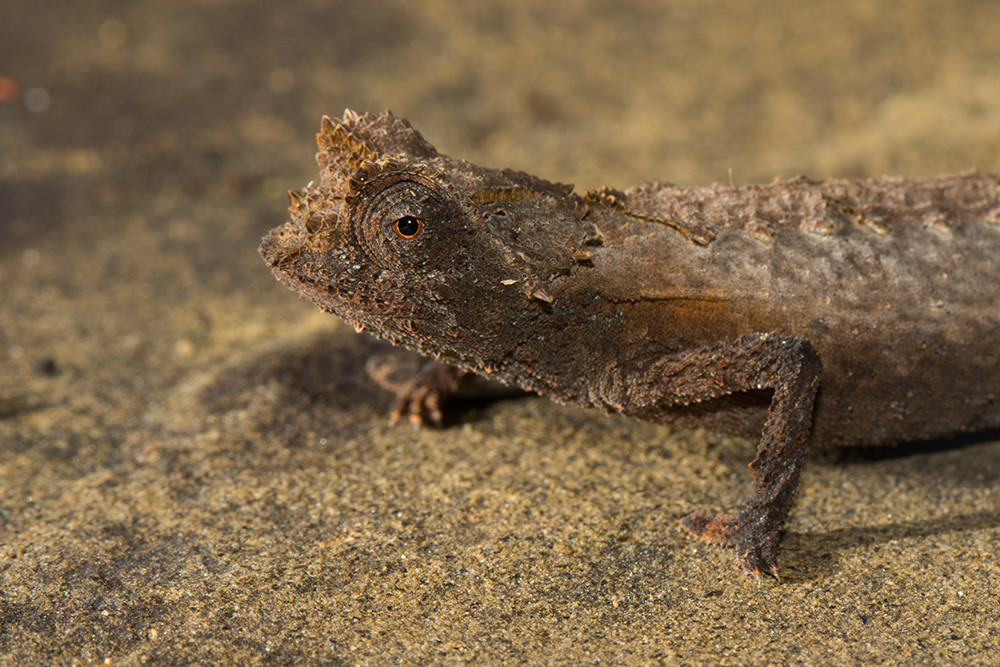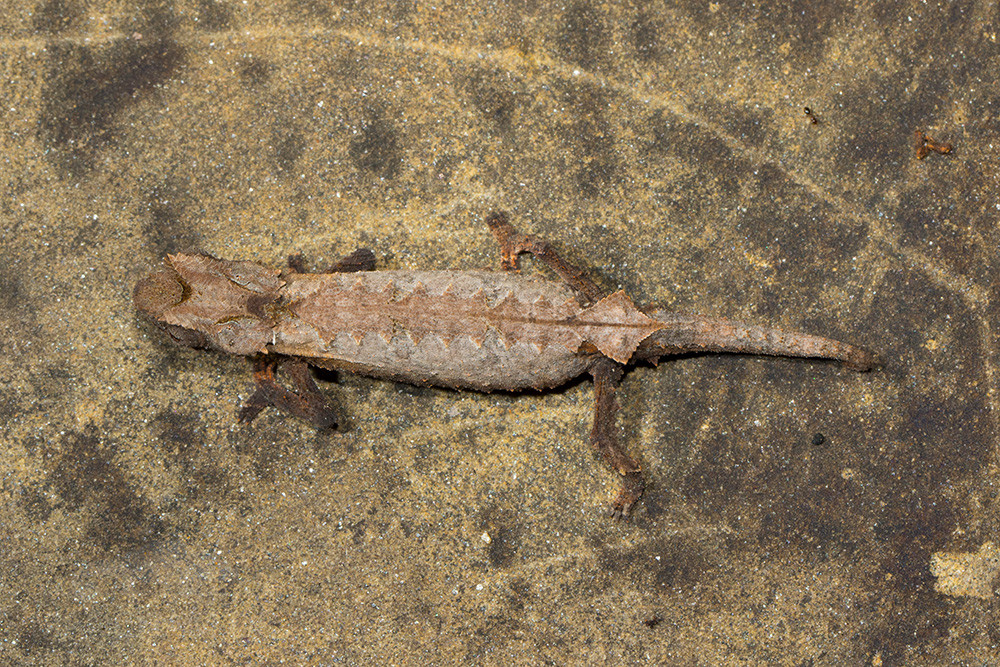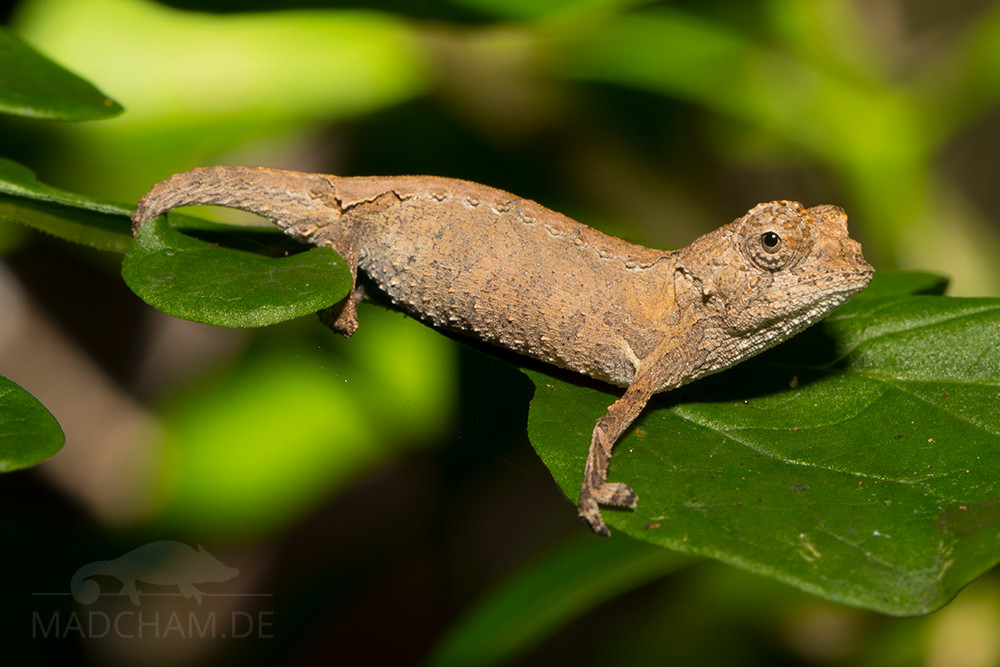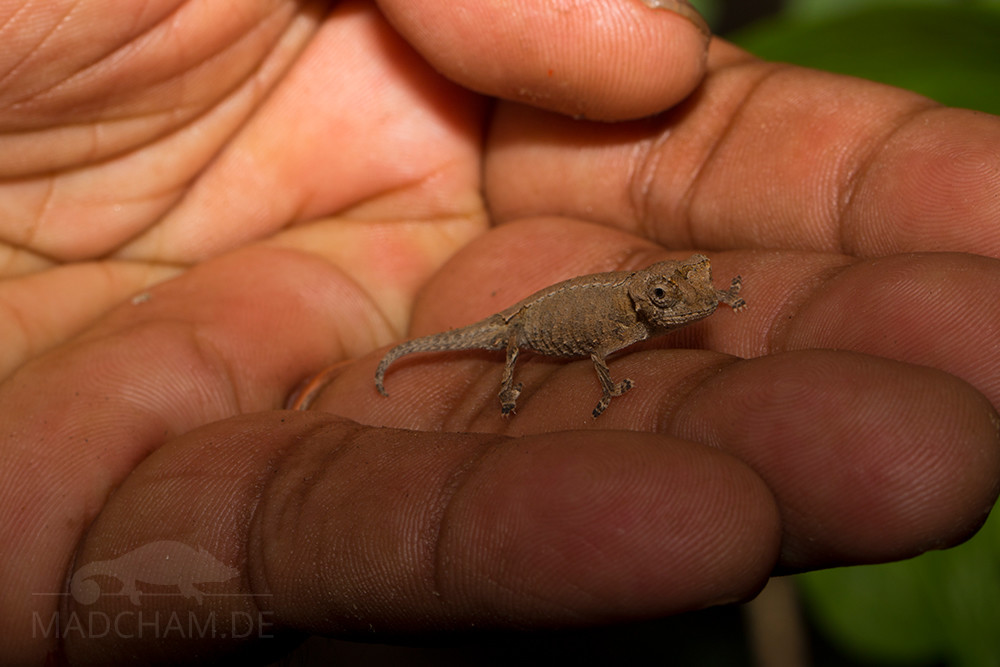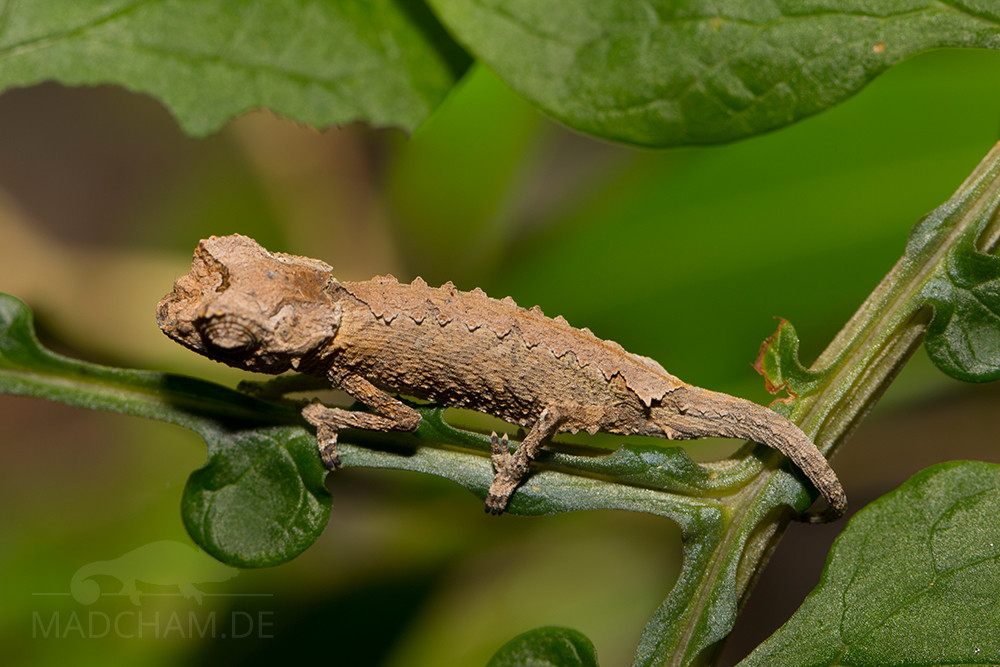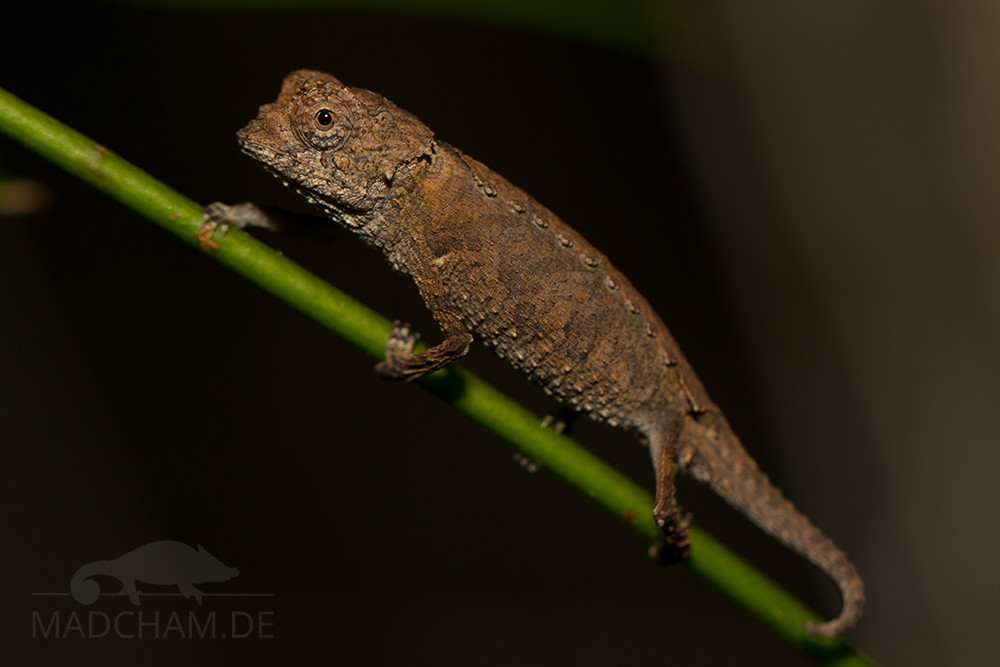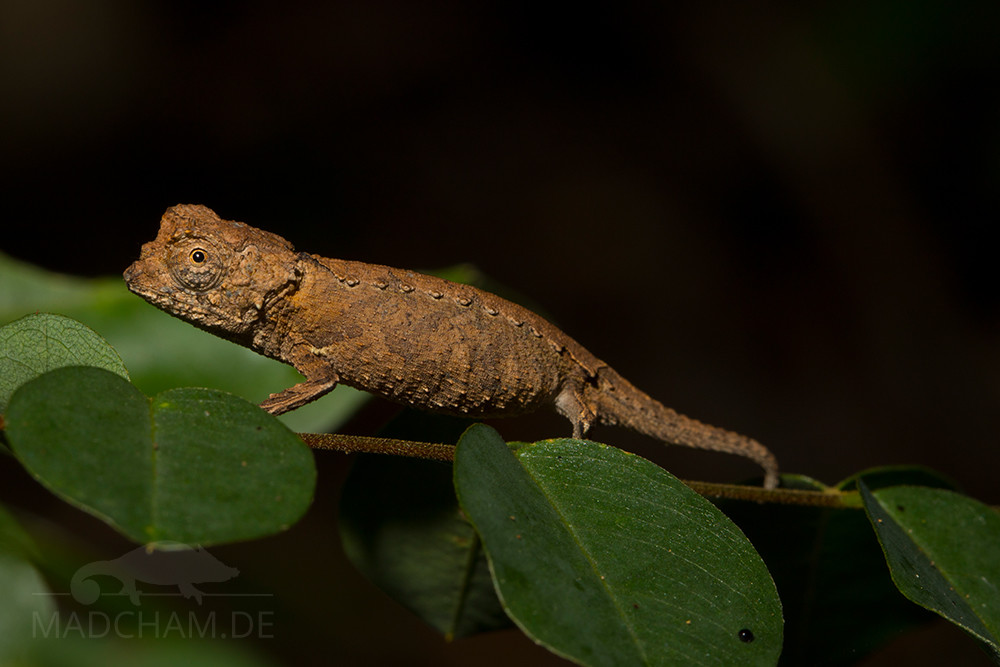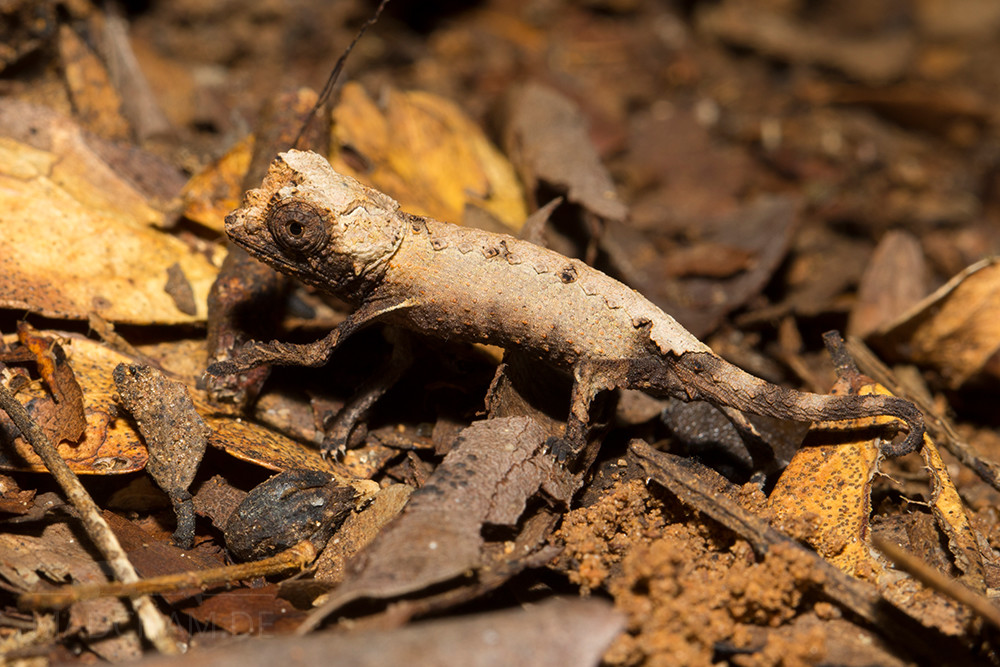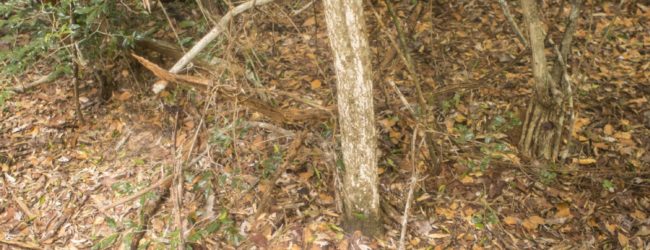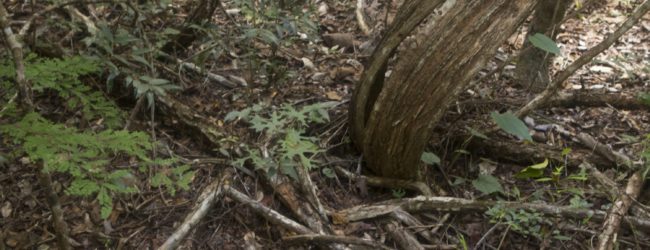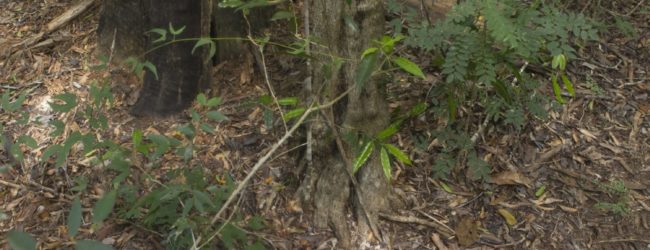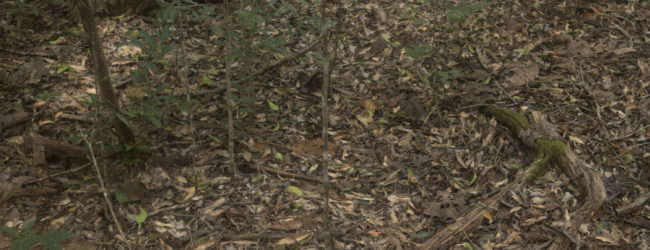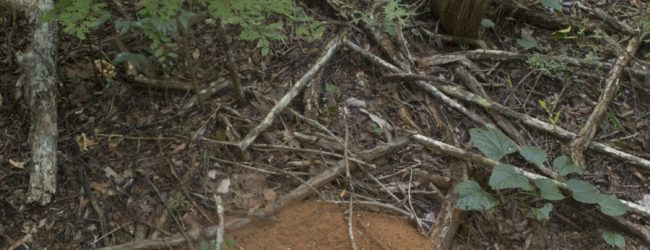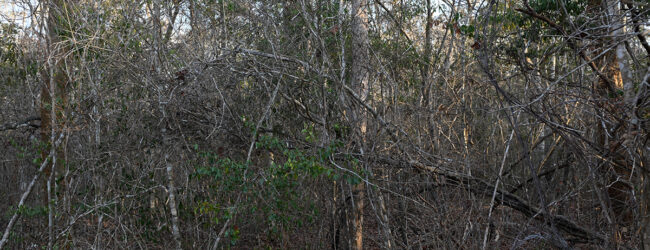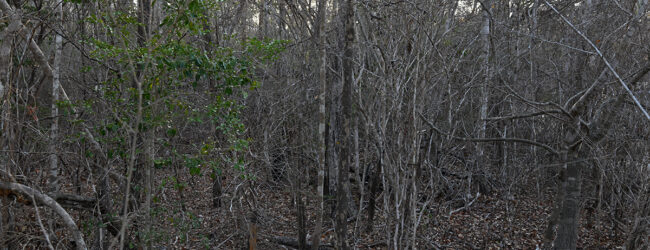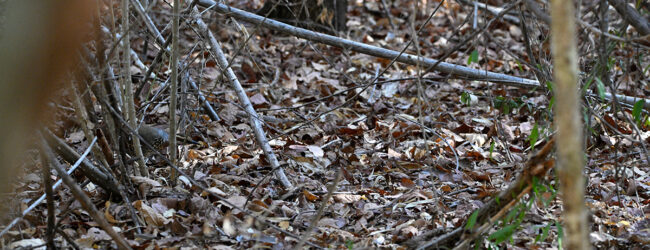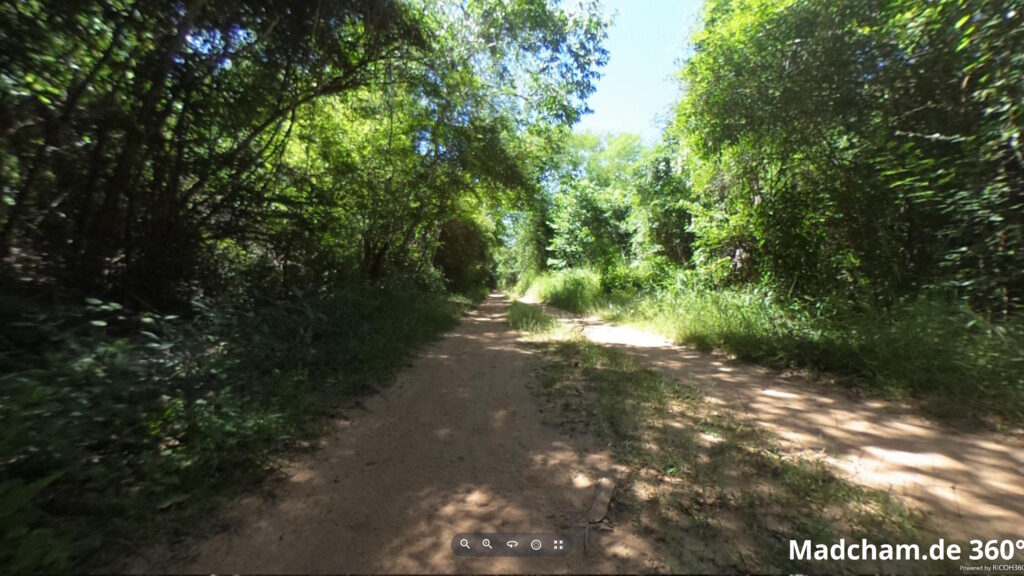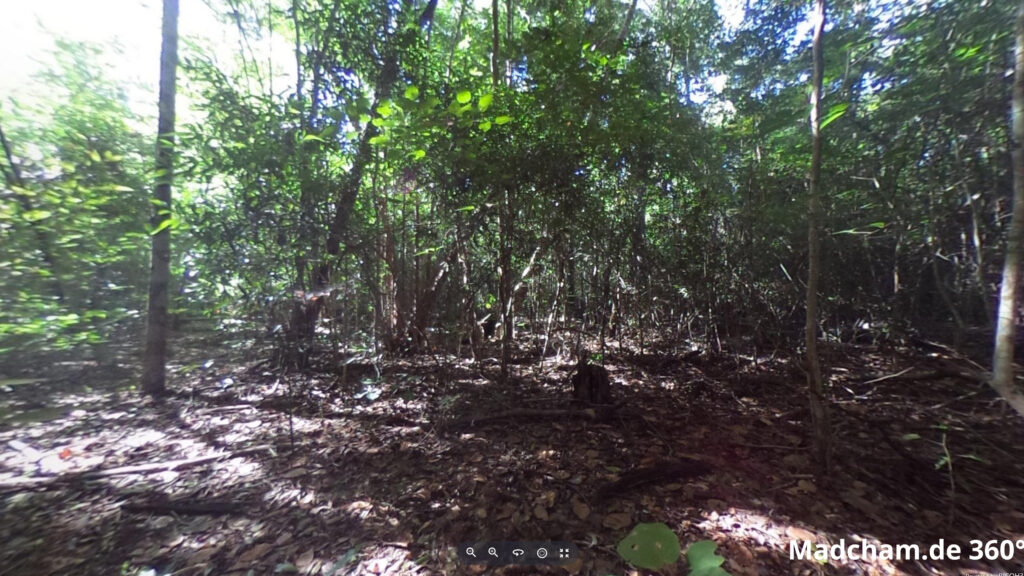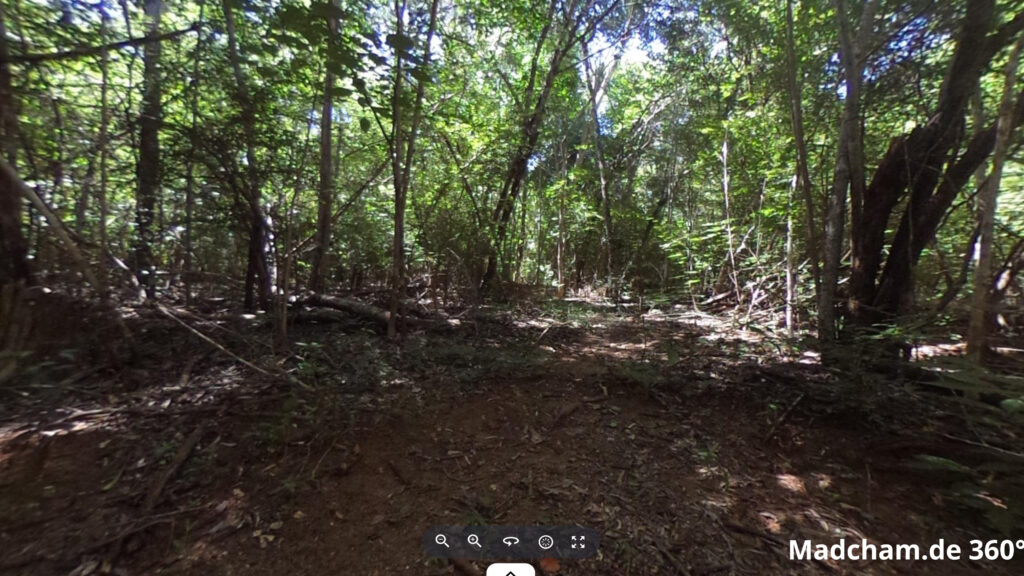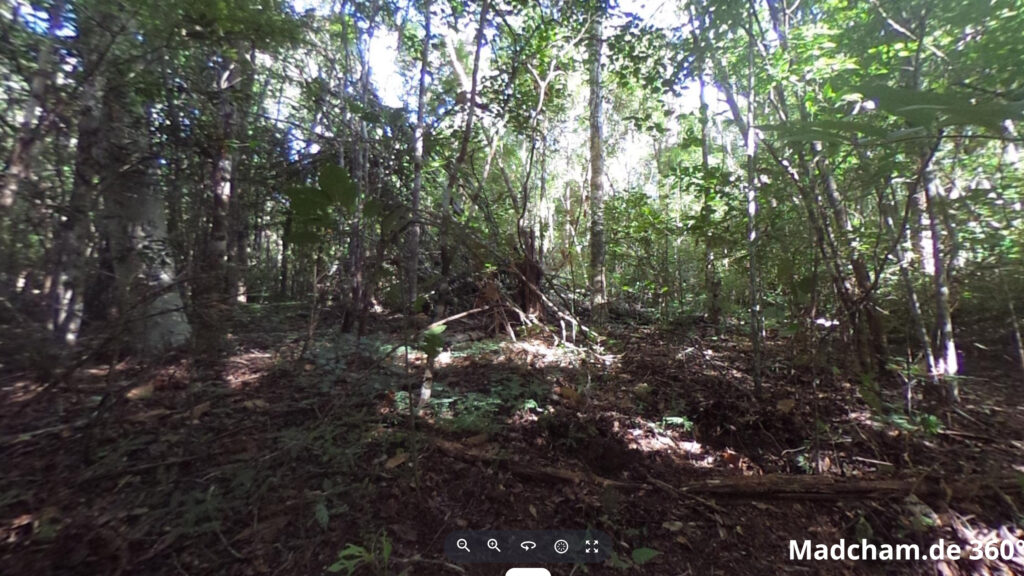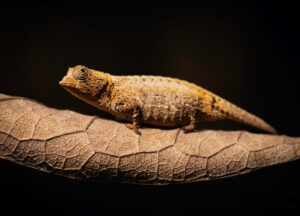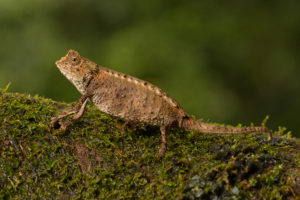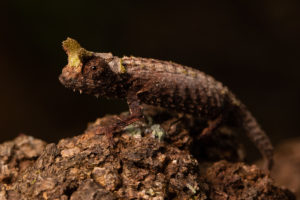2011-13 no specimens,
2014-16 each 500 specimens,
2017 for the first time 1000 specimens,
2018-2024 again 500 specimens for legal export
First description:
Origin of the species name:
Christopher J. Raxworthy from the American Museum of Natural History, New York (USA) and Ronald A. Nussbaum from the University of Michigan, Ann Arbor (USA), named the species after the French biologist Édouard-Raoul Brygoo from the Natural History Museum in Paris (France). Brygoo used to work for 18 years at the Institut Pasteur in Antananarivo, Madagascar. During this time, he described numerous chameleons of the island. In 1978, he was also the first to note the discovery of an animal that Raxworthy and Nussbaum later attributed to the species Brookesia brygooi.
Distribution:
This species occurs in western Madagascar, from Ankarafantsika to the south with Isalo, Sakaraha, and Zombitse-Vohibasia. The best place to find them – for us – has been the dry forest of Kirindy. The area is extremely warm and most time of the year very dry. The rainy season may be limited to three months only. We have not found Brookesia brygooi walking or sitting higher than 50 cm above the ground yet. During the daytime, they seem to walk around the leaf litter exclusively. Juveniles even sleep very low above the ground, usually in 10 cm height on small blades of grass.
Appearance & size:
Brookesia brygooi belongs to the leaf chameleons. Both genders reach sizes of approximately 8 cm from the tip of the nose to the tip of the tail. They do not wear a dorsal crest, but 10 latero-vertebral spines that do not continue on the tail. They have no spines on the chin. The pelvic shield is well developed and has a typical shape that is slightly bowed in direction of the tail. There is a prominent supranasal cone between eyes and nose.
Good to know:
Those leaf chameleons in Isalo that are up to date known as Brookesia brygooi might be an own species. But there is no published data or genetic research done yet. Maybe there are even more specimens known as Brookesia brygooi today that are in fact own species.
Incubation of eggs:
Eggs are laid under leaf litter, in the mossy ground or under pieces of bark. Juveniles hatch after 52-71 days.
| Jan | Feb | Mar | Apr | May | Jun | Jul | Aug | Sep | Oct | Nov | Dec | |
| Average temperature | 28 | 28 | 28 | 28 | 25 | 23 | 23 | 24 | 26 | 28 | 29 | 28 |
| Minimum temperature | 23 | 22 | 23 | 22 | 18 | 16 | 15 | 16 | 19 | 21 | 22 | 23 |
| Maximum temperature | 33 | 33 | 33 | 33 | 33 | 31 | 31 | 32 | 33 | 35 | 35 | 34 |
| Rain days | 16 | 12 | 6 | 1 | 1 | 0 | 0 | 0 | 1 | 1 | 2 | 9 |
We have collected the data given above over several years with thermometers and hygrometers at the finding places of the chameleons. "Average temperature" means that values of a whole month have been calculated to one average value per month. For example all measured minimum temperature values of February have been calculated to one average minimum temperature for February. In plain language, this means single peak values of a day may be a little higher or lower than the average minimum and maximum temperatures. It is possible that a location has an average maximum temperature of 29°C, but one day during that month it had 33°C or even 35°C there.
Climate in Kirindy is mainly one thing: Hot. During dry season from April until September, it rarely rains and if, very short. The dry forest loses its leaves and few green survives. During daytime, it becomes extremely hot, but at night temperature drops massively, sometimes even below 15°C. This extreme temperature drop at night is typical for the area in dry season.
During rainy season from October until March, the forest blooms: It is raining several times a day, trees and plants begin to sprout. Everything becomes green and vivid. Humidity is accordingly high. During daytime, rainy season is even warmer than dry seasin. But at night, temperature drops only few degrees in rainy season.
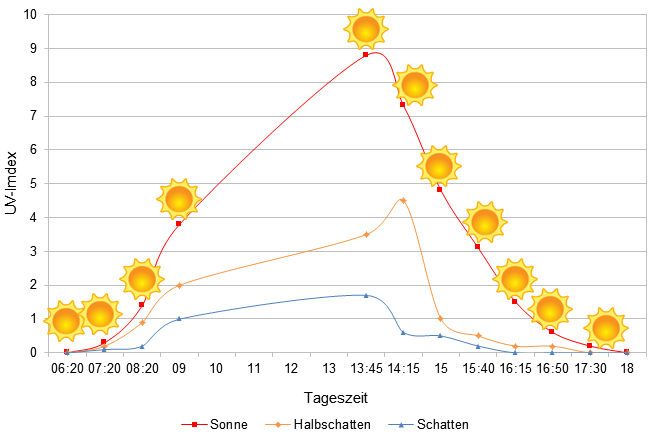
We have measured UVB data with a Solarmeter 6.5 in spring (beginning of April) at the peak of activity of chameleons in Madagascar. We always measured the values that a chameleon could maximally reach in its habitat.
Habitat:
The following pictures show parts of the habitat of Brookesia brygooi in Kirindy and Isalo during the rainy season. Some are even from finding places of this species. Isalo as well as Kirindy are dry forests with not really high, slender trees. All over the year, a dense foliage covers the sandy soil. The undergrowth that Brookesia brygooi inhabits mainly consists of thin twigs and few small blades of grass.
Below you will find some 360° images from Kirindy that we took during the rainy season. If you click on the respective image, the pictures will open in an enlarged view in a separate window. You can use the mouse to rotate in all directions. You also have the option of running the images in full-screen mode. Enjoy!

